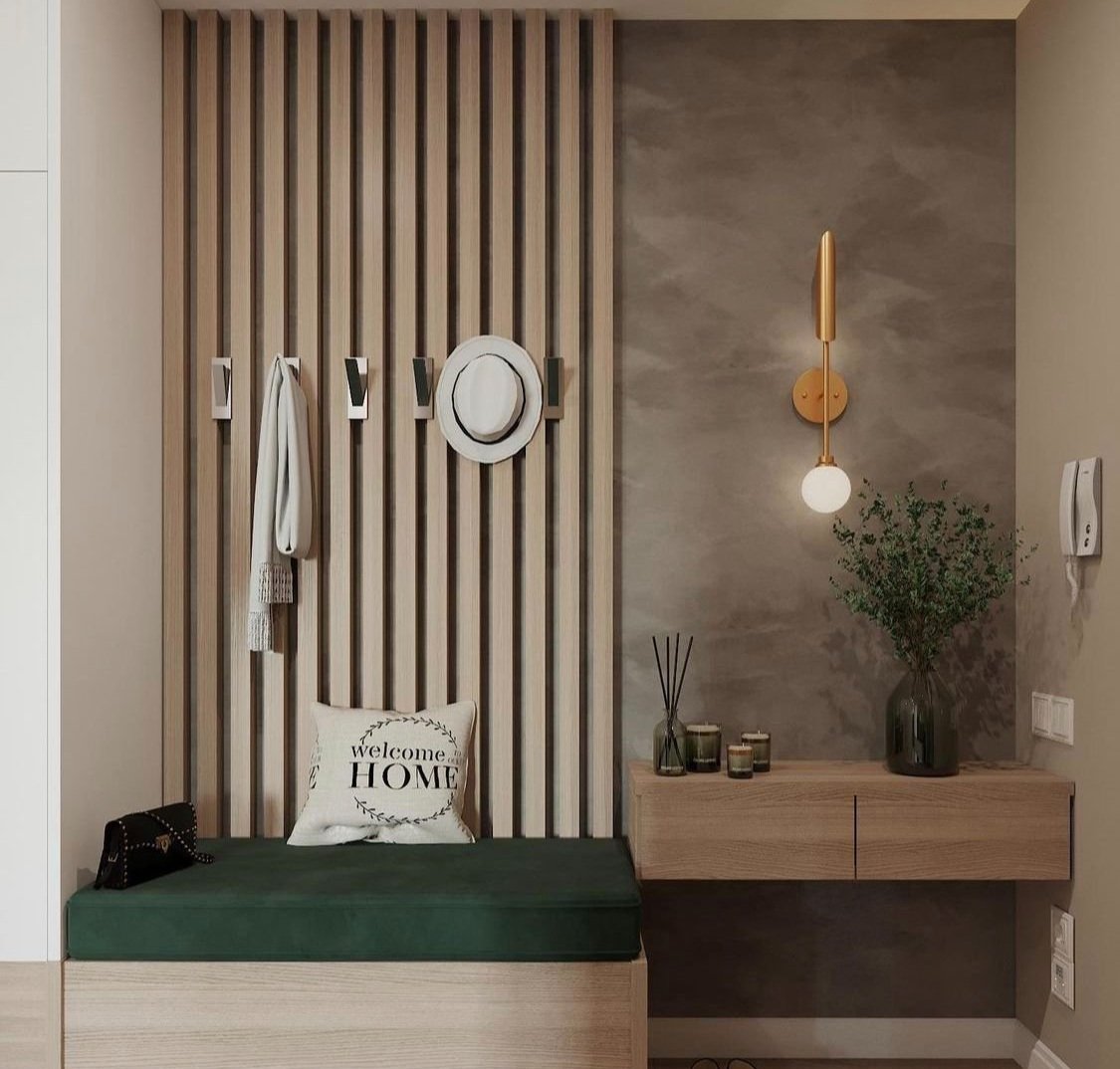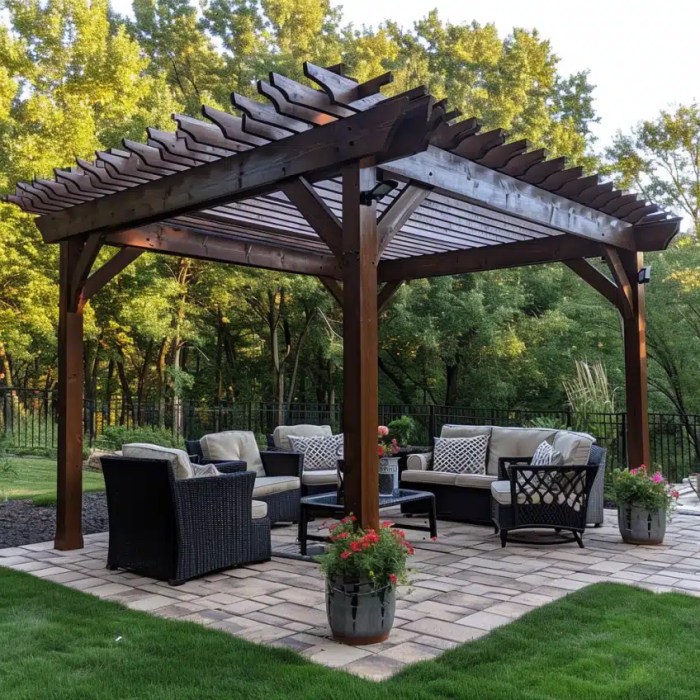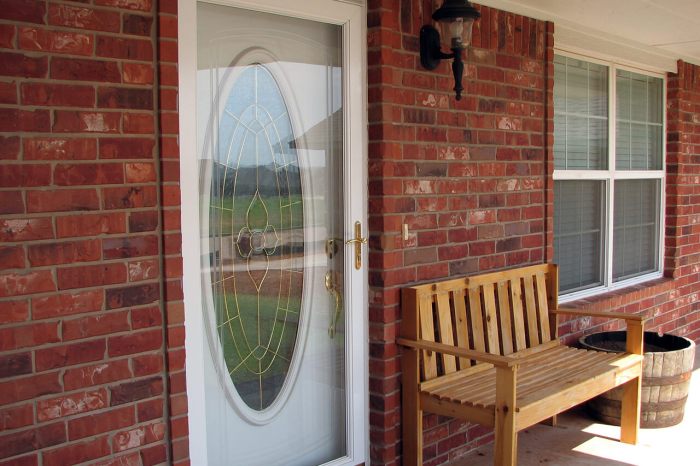How Interior Design Impacts Mental Health at Home: Enhancing Well-being Through Design
Delve into the world of interior design and its profound impact on mental health at home. From colors to lighting, discover how design choices can shape our well-being in unexpected ways.
Explore the importance of decluttering and organization for a peaceful living space that nurtures mental clarity.
Importance of Interior Design in Mental Health

Interior design plays a crucial role in influencing our mental health and overall well-being. The aesthetics, layout, and functionality of our living spaces can have a significant impact on our mood, stress levels, and mental clarity.Certain design elements can positively impact mental well-being by creating a sense of comfort, tranquility, and positivity.
For example, natural light and open spaces can help improve mood and reduce feelings of anxiety and depression. Soft colors like blues and greens are known to have a calming effect, while warm tones like yellows and oranges can promote feelings of happiness and energy.
Creating a Calming Environment at Home
- Introduce plants and greenery to bring nature indoors, which can help reduce stress and boost mood.
- Choose furniture and decor that reflect your personal style and evoke positive emotions.
- Use lighting strategically to create different moods throughout the day, such as bright light for productivity and soft, warm light for relaxation.
- Declutter and organize your space to reduce feelings of overwhelm and promote a sense of calm.
Color Psychology in Interior Design

Color psychology plays a crucial role in interior design as different colors can have a significant impact on our mood and emotions. The colors we choose to incorporate into our living spaces can affect our mental wellbeing in various ways.
Warm vs. Cool Colors
Warm colors such as red, orange, and yellow are known to evoke feelings of comfort, energy, and warmth. These colors can be stimulating and create a cozy atmosphere in a room. On the other hand, cool colors like blue, green, and purple are often associated with calmness, relaxation, and tranquility.
These colors can help reduce stress and promote a sense of serenity in a space.
When designing a room, it's essential to consider the psychological effects of warm and cool colors and how they can impact your mental health. By choosing the right combination of colors, you can create a space that promotes relaxation and overall well-being.
Tips for Choosing Colors
- Consider the function of the room: Choose colors based on the purpose of the space. For example, calming blues and greens are ideal for bedrooms, while energizing yellows and oranges work well in living areas.
- Use neutral tones as a base: Neutral colors like white, beige, or gray can help balance out the impact of bolder colors and create a sense of harmony in a room.
- Experiment with accent colors: Incorporate pops of color through accessories like pillows, rugs, or artwork to add personality to a space without overwhelming it.
- Take natural light into account: Consider how natural light affects the colors in a room and choose shades that will complement the lighting conditions to create the desired ambiance.
Lighting Effects on Mental Well-being
Proper lighting is crucial for maintaining good mental health at home. The type of lighting used can have a significant impact on mood, productivity, and overall well-being.
Natural Light Enhances Mood and Productivity
Natural light is known to improve mood and increase productivity. Exposure to sunlight helps regulate the body's circadian rhythm, which in turn can enhance sleep quality and boost mood.
Comparison of Various Lighting Options
- Natural Light: Provides the best source of light for mental well-being, promoting a sense of calmness and positivity.
- Artificial Light: While artificial light can be effective, it is important to choose the right color temperature to avoid negative effects on mood.
- Dimmable Lighting: Allows for flexibility in adjusting the light levels based on the time of day or specific activities, promoting relaxation or focus as needed.
Optimizing Lighting for Better Mental Well-being
Here are some strategies for optimizing lighting in different areas of the home:
- Living Room: Use a combination of natural and artificial light sources for a balanced and inviting atmosphere.
- Bedroom: Install dimmable lights to create a relaxing environment before bedtime.
- Home Office: Ensure proper task lighting to reduce eye strain and improve focus during work hours.
- Kitchen: Incorporate bright lighting to enhance visibility and mood while cooking or dining.
Organizational Strategies for Mental Clarity

Maintaining a clutter-free and organized living space is crucial for promoting mental well-being. When our surroundings are in order, it can help reduce feelings of overwhelm and anxiety, creating a sense of calm and clarity in our minds.
Importance of Decluttering and Organization
Decluttering and organizing our homes can have a significant impact on our mental health. Clutter has been linked to increased stress levels and can make it difficult to focus and relax. By removing unnecessary items and organizing our spaces, we can create a more peaceful environment that promotes mental clarity.
Tips for Organizing Spaces
- Start small: Begin by decluttering one area at a time to avoid feeling overwhelmed.
- Create designated spaces: Assign specific areas for different items to make it easier to find things and keep them organized.
- Utilize storage solutions: Invest in storage bins, baskets, and shelves to keep items out of sight but easily accessible.
- Implement daily routines: Establish habits such as tidying up before bed to maintain a clutter-free environment.
Creative Storage Solutions
- Multi-functional furniture: Choose furniture pieces that offer storage options, such as ottomans with hidden compartments or beds with built-in drawers.
- Vertical storage: Maximize wall space with shelves or hanging organizers to keep items off the floor and create a sense of openness.
- Basket storage: Use decorative baskets to store blankets, toys, or other items to maintain a tidy appearance while keeping essentials within reach.
Ultimate Conclusion
As we conclude this insightful journey, remember that the way we design our living spaces can truly transform our mental well-being. Embrace the power of thoughtful design choices to create a sanctuary that promotes positivity and calmness in everyday life.
Key Questions Answered
How can specific design elements positively impact mental well-being?
Certain design elements like natural textures, greenery, and soft color palettes can create a soothing environment that promotes relaxation and reduces stress levels.
What are warm vs. cool colors and how do they affect mental health?
Warm colors like red and yellow can evoke energy and warmth, while cool colors like blue and green tend to have a calming effect, influencing mood and emotions in different ways.
How does natural light enhance mental well-being?
Natural light boosts mood and productivity, regulates our circadian rhythm, and has been linked to improved mental health outcomes. It's essential for creating a vibrant and healthy living space.
Why is decluttering important for mental health?
Decluttering reduces visual chaos, enhances focus, and promotes a sense of calm. An organized space can significantly lower stress levels and contribute to a clearer mindset.
What are some creative storage solutions for a peaceful home environment?
Innovative storage options like built-in cabinets, multifunctional furniture, and hidden storage compartments can help maintain a clutter-free space and foster a serene atmosphere in your home.


